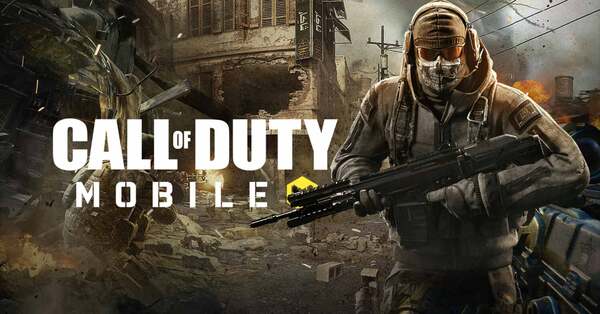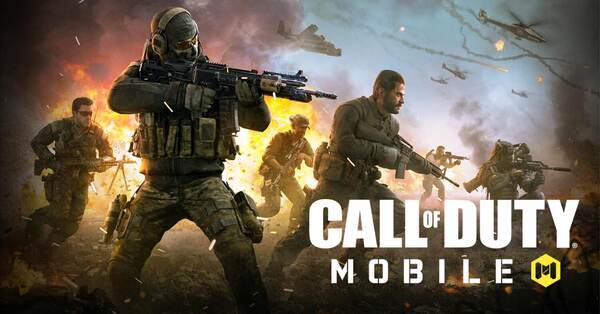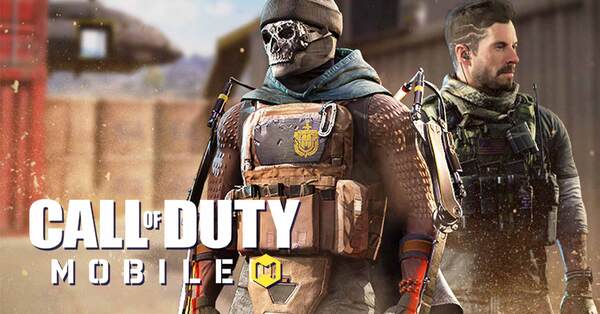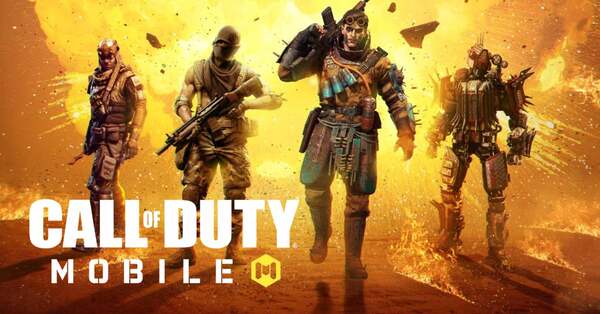
Call of Duty
All trademarks belong to their respective owners.
Advertisement
Popular Now
Introduction
Weapon balancing is a cornerstone of competitive multiplayer games, and in Call of Duty, it is a topic that often divides the community. Every game in the franchise has undergone a cycle of introducing new weapons, tweaking their stats, and responding to community feedback. But does this constant rebalancing enhance the gaming experience, or does it create more frustration than fairness? In this article, we’ll explore the complexities of weapon balancing in Call of Duty, delving into its impacts on gameplay, community dynamics, and the overall longevity of the franchise.
What Is Weapon Balancing?
Weapon balancing refers to the process of adjusting a weapon's attributes—such as damage, range, recoil, and fire rate—to ensure no single weapon is overwhelmingly powerful.How It Works
Developers monitor player data, such as weapon usage rates and performance statistics, to identify outliers. When a weapon dominates matches, it is often nerfed, while underused or underpowered weapons may receive buffs.Why It Matters
The goal is to maintain a diverse and dynamic arsenal, encouraging players to experiment with different playstyles rather than relying on a single overpowered option.The Good Side of Weapon Balancing
Weapon balancing isn’t inherently bad—it’s essential for fair and competitive gameplay. Here’s why it works in theory.Leveling the Playing Field
By nerfing overpowered weapons, developers ensure that players succeed based on skill rather than exploiting imbalanced tools.Encouraging Diversity
Balanced weapons keep gameplay fresh, as players are incentivized to explore different loadouts and strategies.The Downsides: Why Players Get Frustrated
Despite its importance, weapon balancing often sparks outrage in the Call of Duty community.Over-Nerfing Popular Weapons
When a fan-favorite weapon gets nerfed into irrelevance, players feel punished for using it effectively.Constant Meta Shifts
Frequent changes disrupt the meta, forcing players to adapt their strategies and invest time in mastering new loadouts.
The Rise of the Overpowered "Meta"
Even with efforts to balance weapons, certain guns inevitably rise to dominate the meta.Community-Driven Metas
Streamers and pro players often dictate the meta by showcasing specific loadouts, leading to widespread adoption.Snowball Effect
Once a weapon becomes popular, it overshadows others, reducing the diversity of matches despite developers’ efforts to promote variety.Weapon Balancing and Esports
Weapon balancing plays a critical role in Call of Duty’s competitive scene, shaping the strategies of professional players.Fair Play on the Big Stage
In esports, balanced weapons are essential to ensure that skill, not equipment, determines victory.Challenges for Pros
Pro players often voice frustrations over abrupt weapon changes that can disrupt their training and strategies mid-season.Pay-to-Win Accusations
Some players argue that weapon balancing is influenced by financial motives, particularly in free-to-play titles like Warzone.Introduction of Premium Weapons
New weapons introduced through battle passes or bundles are often perceived as overpowered, encouraging players to purchase them.Delayed Balancing
Critics accuse developers of delaying nerfs to premium weapons to maximize sales before addressing community feedback.
The Role of Player Feedback
Community feedback is both a blessing and a curse for weapon balancing.The Power of Collective Voices
Forums, social media, and Reddit threads allow players to share their opinions, pushing developers to address glaring imbalances.The Challenge of Pleasing Everyone
With millions of players, balancing weapons to satisfy everyone is virtually impossible, leading to inevitable backlash from some segments of the community.Weapon Balancing in Recent Titles: A Case Study
Let’s examine how weapon balancing has played out in recent Call of Duty games, such as Modern Warfare II and Warzone.The Grau and DMR Eras
In Warzone, the Grau 5.56 and DMR 14 dominated matches before receiving nerfs. These periods of imbalance led to widespread frustration among players.Post-Nerf Challenges
After nerfs, previously dominant weapons often became obsolete, highlighting the difficulty of achieving true balance.Alternatives to Traditional Weapon Balancing
If traditional methods of balancing aren’t enough, are there better approaches?Dynamic Balancing
Real-time adjustments based on match data could help fine-tune weapons without waiting for patches.Player-Driven Tweaks
Introducing community voting systems for balance changes could give players more agency and reduce backlash.The Future of Weapon Balancing in Call of Duty
As Call of Duty evolves, weapon balancing will remain a key focus.Continuous Monitoring
Developers must invest in better analytics and testing to preemptively address imbalances.Striking the Right Balance
Finding a middle ground that satisfies casual players and competitive gamers is essential for long-term success.
















